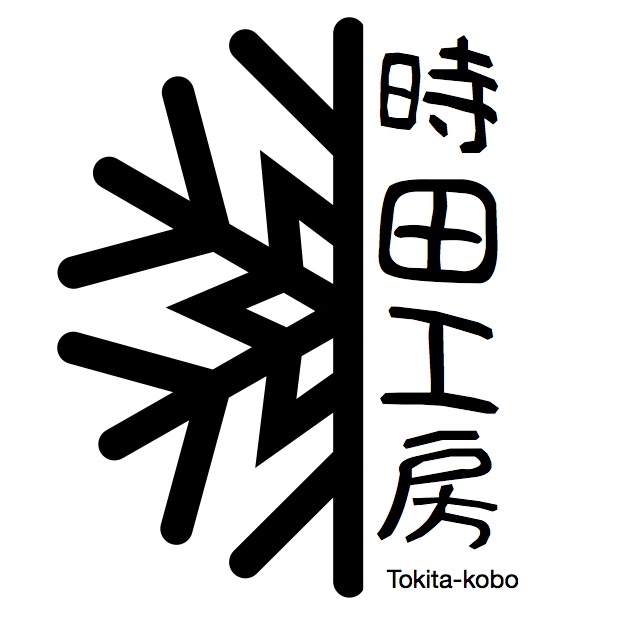At Tokita Kobo, we believe sustainability isn’t just a trend—it’s a value deeply rooted in Japanese culture. The phrase “Mottainai kara tsukau” (もったいないから使う) captures this philosophy perfectly. It means, “We use it because it would be wasteful not to.” This simple yet powerful concept guides many of Japan’s traditional practices—not only in clothing, like our upcycled kimono items, but in food, design, and everyday life.
We have Cultural Practices of “Not Wasting”
Here are some traditional ways the Japanese have lived the “mottainai” mindset across generations:
1.Kimono Upcycling: Giving New Life to Heritage

At Tokita Kobo, we upcycle kimono fabrics into new, functional items like gamaguchi purses, headbands, and scrunchies, preserving their craftsmanship and sharing their beauty in modern forms. This is our way of honoring the hands and hearts that made them.
2. Kintsugi (金継ぎ) – The Art of Mending with Gold

Rather than throwing away broken pottery, kintsugi repairs it with lacquer and gold. The cracks are not hidden, but celebrated, symbolizing imperfection and resilience. It teaches us that broken things can be beautiful—and more meaningful.
3. Furoshiki (風呂敷) – Reusable Cloth Wrapping
Before plastic bags, furoshiki were used to wrap and carry everything—gifts, bento, groceries. They’re not only eco-friendly, but also beautifully designed and can be reused in many ways.
4. Ichiju-Sansai (一汁三菜) – Balanced and Waste-Free Meals
This traditional meal structure—one soup and three side dishes—emphasizes balance and portion control, helping to avoid food waste while using seasonal, locally available ingredients.
5. Zokin (雑巾) – Repurposing Old Cloth into Cleaning Rags

Rather than discarding old clothes, they are turned into zokin, handmade cleaning cloths that children also use in schools. This teaches reuse from a young age.
6. Oshibana (押し花) – Pressed Flower Art

With oshibana, flowers are preserved instead of discarded. These dried floral artworks are used for cards, bookmarks, or framed art—extending the life and joy of seasonal blooms.
7. Reusing Wood in Architecture (再利用建築)

In traditional Japanese construction, wood from old buildings is carefully removed and reused. Homes, temples, and even tea houses reflect this philosophy of circular
Other Beautiful Traditions that Live the “Mottainai” Spirit
Sashiko (刺し子)
This traditional embroidery technique was originally developed to reinforce and repair worn clothing. The geometric stitch patterns not only added strength but also beauty and uniqueness to the garment.
Leftover Rice Becomes Onigiri
Even in Japanese cooking, “mottainai” is a mindset. Instead of wasting leftover rice, it’s often turned into delicious onigiri (rice balls) for the next meal—wrapped with nori and filled with pickled plum, salmon, or other flavors.

Seasonal Decorations Reused or Returned

For events like New Year’s or Setsubun, many decorations are returned to shrines to be respectfully burned or reused. Nothing is tossed without thought.
